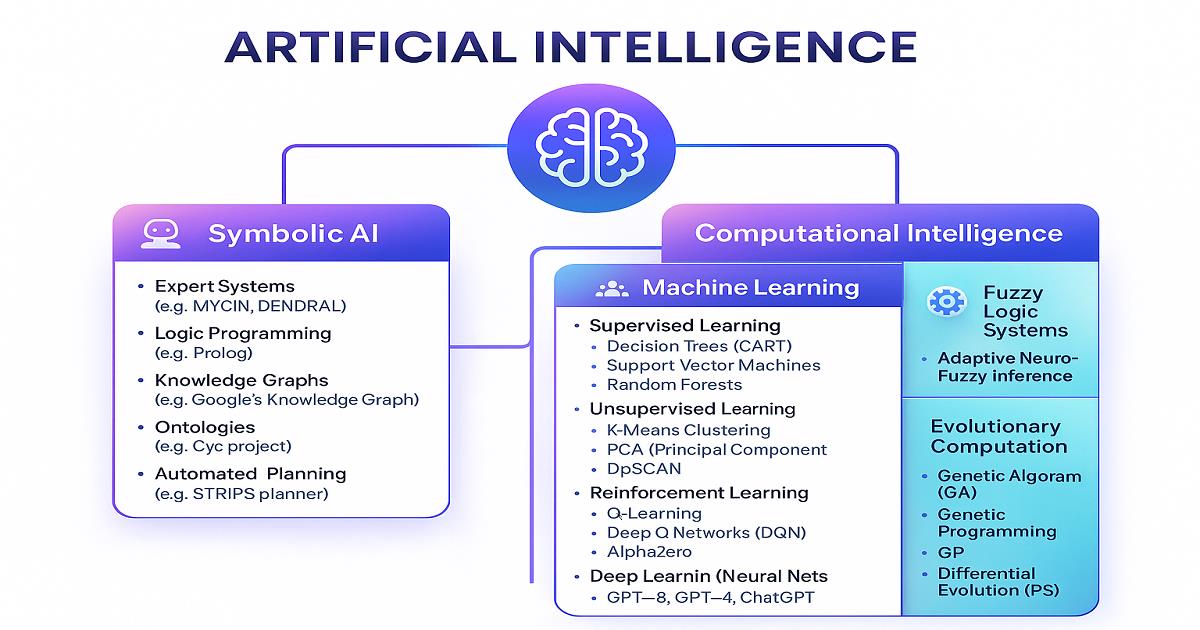Machine Learning Applications in Earthquake Engineering
A special issue of Applied Sciences (ISSN 2076-3417). This special issue belongs to the section "Earth Sciences".
Deadline for manuscript submissions: 30 December 2025 | Viewed by 1011

Special Issue Editors
Interests: machine learning in earthquake engineering; seismic risk assessment; FEM and nonlinear analysis of reinforced concrete and masonry structures; seismic retrofit with FRPs
Interests: civil engineering; masonry structures; retrofitting of structures; assessment of structures; vulnerability of structures
Special Issues, Collections and Topics in MDPI journals
Special Issue Information
Dear Colleagues,
Machine Learning is expected to significantly advance earthquake engineering research and practice. Currently, there are two main approaches in this field: physics-based methods, which are transparent, interpretable, and somewhat predictable, and data-driven Machine Learning models, which are unique and can be difficult to interpret. Consequently, there is a growing trend toward finding a balance between these approaches. Since the lack of physical interpretation in Machine Learning models can limit their applicability, integrating physical research into Machine Learning-based earthquake engineering studies is essential. Despite the increasing number of studies, the application of Machine Learning to earthquake engineering is still in its early stages compared to other disciplines. However, with the support of next-generation data sharing and sensor technologies, Machine Learning holds great potential to revolutionize earthquake engineering. It has been applied in four key areas: seismic hazard analysis, system identification and damage detection, seismic fragility assessment, and structural control for earthquake mitigation. The literature identifies seven classes of Machine Learning methods: artificial neural networks, support vector machines, response surface models, logistic regression, decision trees, random forests, and hybrid methods, which combine multiple soft computing algorithms, such as fuzzy logic. This Special Issue invites contributions on all these topic areas, as well as on Machine Learning methods in earthquake engineering.
Dr. Konstantinos G. Megalooikonomou
Dr. Leonidas Alexandros S. Kouris
Guest Editors
Manuscript Submission Information
Manuscripts should be submitted online at www.mdpi.com by registering and logging in to this website. Once you are registered, click here to go to the submission form. Manuscripts can be submitted until the deadline. All submissions that pass pre-check are peer-reviewed. Accepted papers will be published continuously in the journal (as soon as accepted) and will be listed together on the special issue website. Research articles, review articles as well as short communications are invited. For planned papers, a title and short abstract (about 100 words) can be sent to the Editorial Office for announcement on this website.
Submitted manuscripts should not have been published previously, nor be under consideration for publication elsewhere (except conference proceedings papers). All manuscripts are thoroughly refereed through a single-blind peer-review process. A guide for authors and other relevant information for submission of manuscripts is available on the Instructions for Authors page. Applied Sciences is an international peer-reviewed open access semimonthly journal published by MDPI.
Please visit the Instructions for Authors page before submitting a manuscript. The Article Processing Charge (APC) for publication in this open access journal is 2400 CHF (Swiss Francs). Submitted papers should be well formatted and use good English. Authors may use MDPI's English editing service prior to publication or during author revisions.
Keywords
- earthquake engineering
- structural dynamics
- seismic risk assessment
- seismic hazard analysis
- machine learning
Benefits of Publishing in a Special Issue
- Ease of navigation: Grouping papers by topic helps scholars navigate broad scope journals more efficiently.
- Greater discoverability: Special Issues support the reach and impact of scientific research. Articles in Special Issues are more discoverable and cited more frequently.
- Expansion of research network: Special Issues facilitate connections among authors, fostering scientific collaborations.
- External promotion: Articles in Special Issues are often promoted through the journal's social media, increasing their visibility.
- Reprint: MDPI Books provides the opportunity to republish successful Special Issues in book format, both online and in print.
Further information on MDPI's Special Issue policies can be found here.






